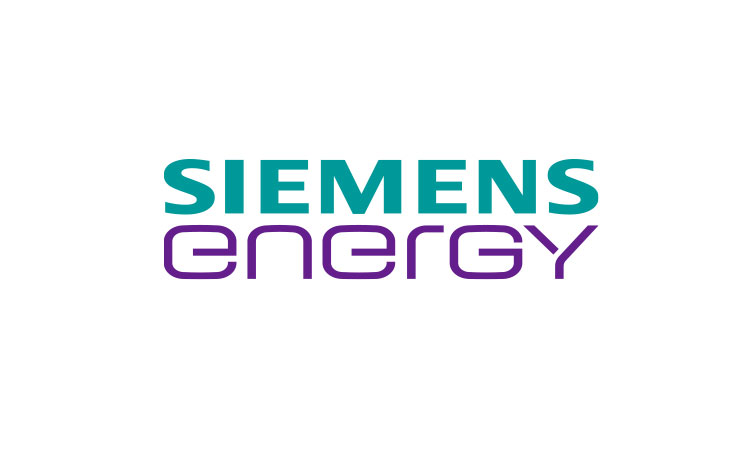The Next Frontier In Industrial Safety: How Low-Voltage…
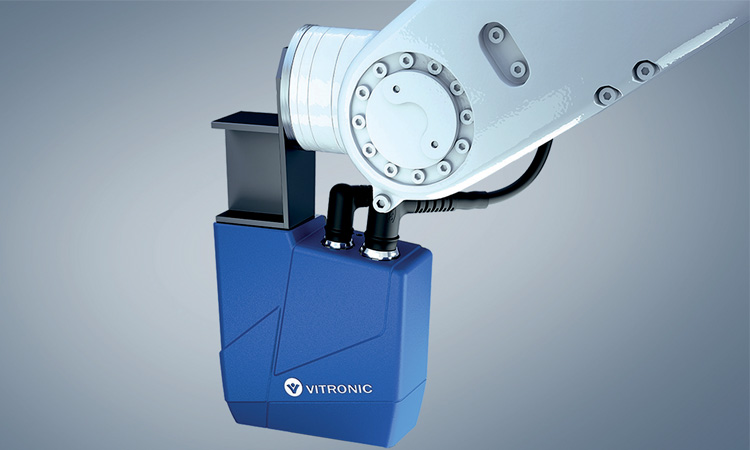
Multiprotocol connectivity for Optical Inspection Systems | Engineering Review
cifX PC-Card integrates Automated Weld Seam Inspection Systems to numerous Real-Time Ethernet and Fieldbus networks
Jürgen Schlesinger
Head of Development
and Projects Weld
Seam Inspection
With more than 35 years of experience, VITRONIC Dr.-Ing. Stein Bildverarbeitungssysteme GmbH, headquartered in Wiesbaden (Germany), develops, produces and supplies first-class machine vision systems. With VIRO WSI, the company offers a leading technology for automated weld seam inspection. The optical inspection system consistently inspects weld seams on workpieces 100% objectively and reliably based on previously defined quality criteria and replaces the manual, and therefore error-prone, visual inspection. In order to qui-ckly identify defective welding seams, the system requires a constant real-time coordination bet-ween the visual inspection and the handling robot. The major challenge is to keep the overall cycle time for acquiring the 3D information of every weld seam, analyzing the recorded pictures, and transferring the resulting information to the machine’s controller to a minimum. That process ensures that the robot always re-works the workpiece exactly where the weld seam is defective.
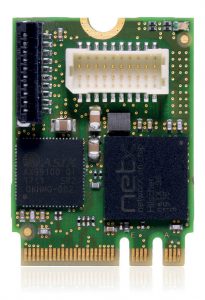
To meet the challenge of integrating VIRO WSI into machines and plants, being independent of the customer’s preferred network protocol, VITRONIC integrates Hilscher’s PC-Cards and is strongly convinced of the new generation’s bene-fits – especially of cifX M.2 2230 Key A+E.
With increasingly limited space in control cabinets and due to smaller IPCs, the M.2 format is establishing itself as a rising standard for PC-based usecases. As technology leader for PC-cards, Hilscher delivers the smallest and most space saving multiprotocol PC-Card for industrial communication in M.2 2230 format on a low power consuming platform. Overall, Hilscher delivers a ready-to-use network inter-face. It includes a complete package containing the hardware, device drivers for different OS, loadable firmware and configuration tools. Hilscher continuously develops new protocol stacks and card formats to deliver a state-of the- art, scalable and future-proof PC-card product portfolio.
Therefore, VITRONIC’s application and service engineers focus on their core competences, for example equipping their customers’ plants, machines and devices with strong and reliable vision solutions. The electrical and mechanical commissioning and setup of data transmission is handled in cooperation with VIRO WSI users.
The combination of technologies from both companies shows how synergies from the fields of vi-sion systems and industrial communication leads to solutions that enable plant- and machine builders to create production lines with ZERO recalls in the most flexible way and easily adaptable to the latest communication standards.
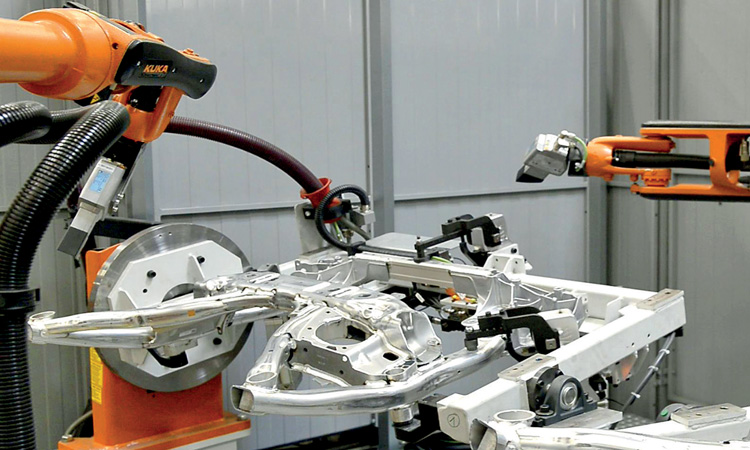
Key benefits of cifX PC-Cards for VITRONIC:
- Flexibility: Standardized cifX API ensures VIRO WSI systems can adapt across all protocols with the same drivers, tools and interfaces to fit changing customer demands
- Smallest Size: M.2 card fits space-savingly into an existing M.2 socket on the mainboard of the IPC
- Scalability: PC-Card supports various Real-Time Ethernet and traditional fieldbus networks, e.g. PROFINET IO, EtherNet/IP, PROFIBUS and many more.
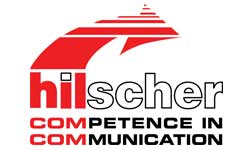
For more information,
www.hilscher.com/cifXM2a









